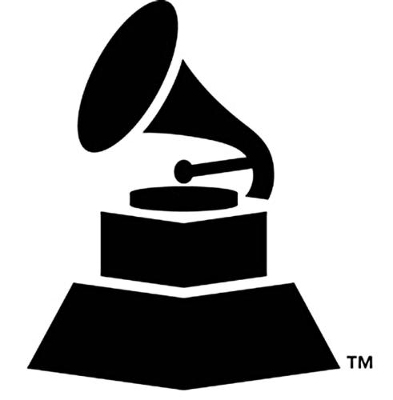SAVING MUSIC

The phrase, “It’s music to my ears” is something I frequently hear as I pass through my day. We say it so often that we seem to forget what we are referencing. It means we are hearing exactly what we want to hear, and it would seem with such easy access to music via social media, iPhones, online streaming, and other mediums, that we should be able to access music anywhere, anytime. But for many, music is not a part of their lives. As most of us realize, music education, music classes, and even entire music programs have been reduced (if not eliminated) from many public schools’ curriculum in the US often attributed to lack of funding or the need to have the funding redirected to other programs. Conscious Magazine, Issue 02
However, there is hope. In the United States, one of the meccas for the music scene is Los Angeles, California. So it makes perfect sense that in 1988, the GRAMMY Foundation was founded there. Its mission is to work to make a difference in people’s lives through music. They create opportunities for high school students to work with music professionals to gain real world advice and access to real world experience about a career in the music world. They also offer GRAMMY Camp, GRAMMY Signature Schools, and GRAMMY Awards for music educators. These activities provide the funding for music to be re-introduced, expanded, or launched in communities with young people and their teachers throughout the country (www. grammyintheschools.com). This means that music will live on being passed from one generation to the next as it has always been.
In conversations with Kristen Madsen, Senior Vice President of The GRAMMY Foundation, she shared, “The GRAMMY Foundation’s broad music education goal is to keep the public’s attention tuned to how important it is to keep music education in our schools and help find the funds to do that. Sometimes, we do that by reminding them how much they loved music when they were in school, as we did when we launched our first ever GRAMMY Award for a music teacher last year. We had 32,000 nominations from music students and parents across the country letting us know that their music teacher had made a difference in their lives. Sometimes, we do it by recognizing schools through our GRAMMY Signature Schools program, which are maintaining excellent music programs despite the challenges of budget cuts, demographic changes, and testing demands.”
Since its founding, the GRAMMY Foundation has awarded more than $60 million to over 300 recipients. Projects such as the preservation of music through the Library of Congress and the Smithsonian, as well as universities and colleges have received grants. Research has also funded things such as the project to study the links between music and early childhood education, treatments for injuries and illnesses common to musicians, as well as the impact of music therapy on different populations from babies to the most senior in our communities.
Madsen said, “We also produce hands-on career training programs, like GRAMMY Camp for high school students who want to pursue careers in music to build the next generation of musicians and music lovers. We are at our best when we are able to train the media spotlight that our brand name draws onto the remarkable work that is being done in music education, as well as the ongoing vigilance required to keep music programs healthy and strong.”
Music is truly important. Here are ten facts about music and music education many people do not realize from DoSomething. org, which encourages young people to become involved with things in their community and world:
1 . Children who study a musical instrument are more likely to excel in all of their studies, work better in teams, have enhanced critical thinking skills, stay in school, and pursue further education.
2 . Children who study music tend to have larger vocabularies and more advanced reading skills than their peers who do not participate in music lessons.
3 . Schools with music programs have an estimated 90.2 percent graduation rate and 93.9 percent attendance rate compared to schools without music education who average 72.9 percent graduation and 84.9 percent attendance.
4 . In the past, secondary students who participated in a music group at school reported the lowest lifetime and current use of all substances (tobacco, alcohol, and illicit drugs).
5 . Research shows that music is to the brain as physical exercise is to the human body. Music tones the brain for auditory fitness and allows it to decipher between tone and pitch.
6 . Studying music primes the brain to comprehend speech in a noisy background; children with learning disabilities or dyslexia who tend to lose focus with more noise could benefit greatly from music lessons.
7. Regardless of socioeconomic status or school district, students who participate in high-quality music programs score 22 percent better on English and 20 percent better on Math standardized exams.
8 . Much like expert technical skills, mastery in arts and humanities is closely correlated to high earnings.
9 . Elementary age children who are involved in music lessons show greater brain development and memory improvement within a year than children who receive no musical training.
1 0. Learning and mastering a musical instrument improves the way the brain breaks down and understands human language, making music students more apt to pick up a second language.
Whether stated by my friend, Peter Thomas, or Kristen Madsen, we need to be reminded each day that music is important to us as human beings and especially to the next generation. The next time you are humming a tune, singing along to the radio, listening to your iPod, or enjoying a concert, remember that there is work to be done to ensure that music and music education remains accessible to everyone. Perhaps that famed singing duo Sonny and Cher said it best with their song, “The Beat Goes On”…as so many of us think it should!



